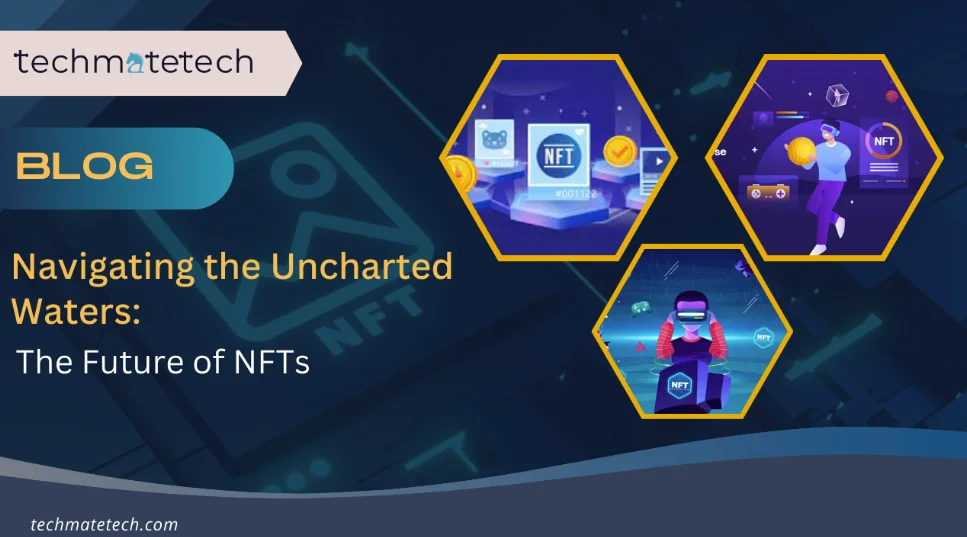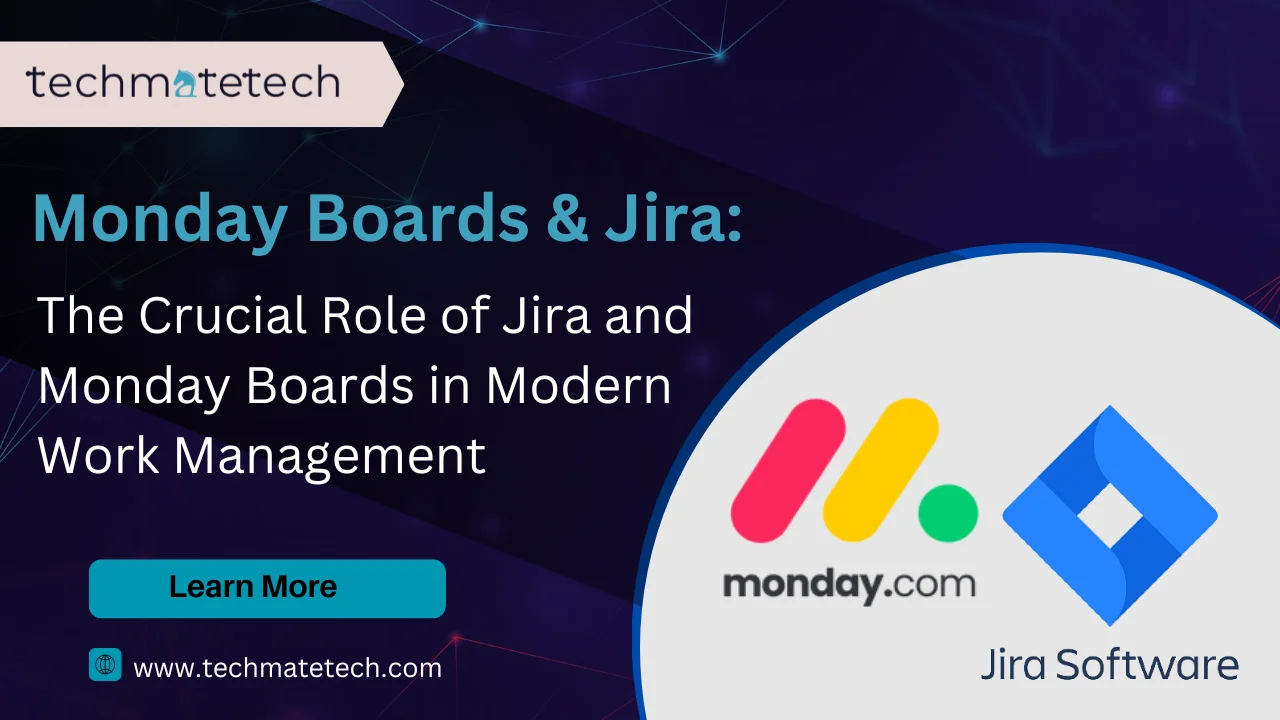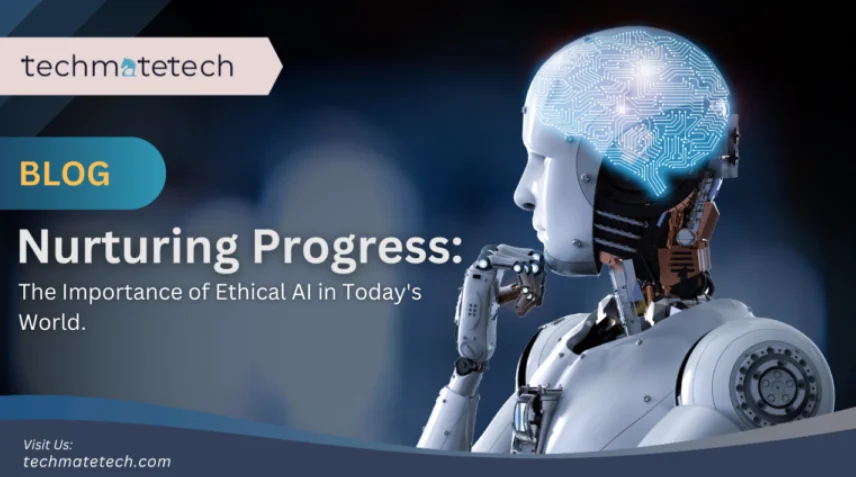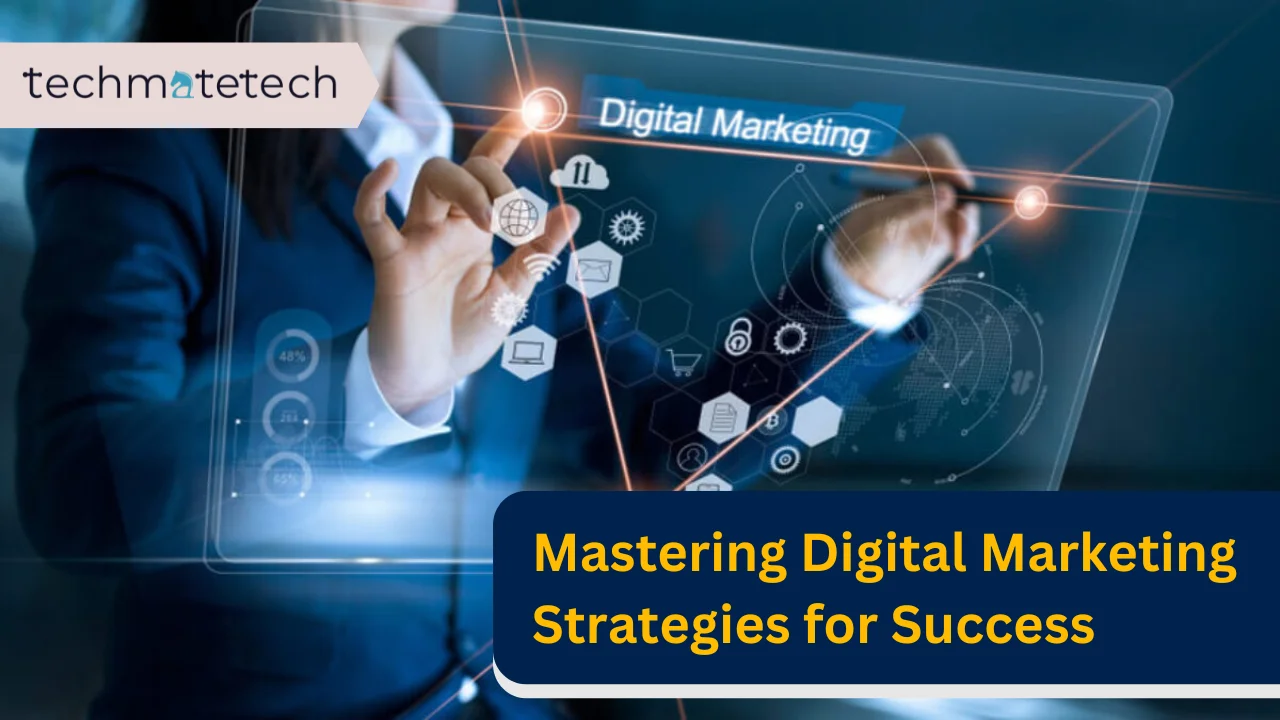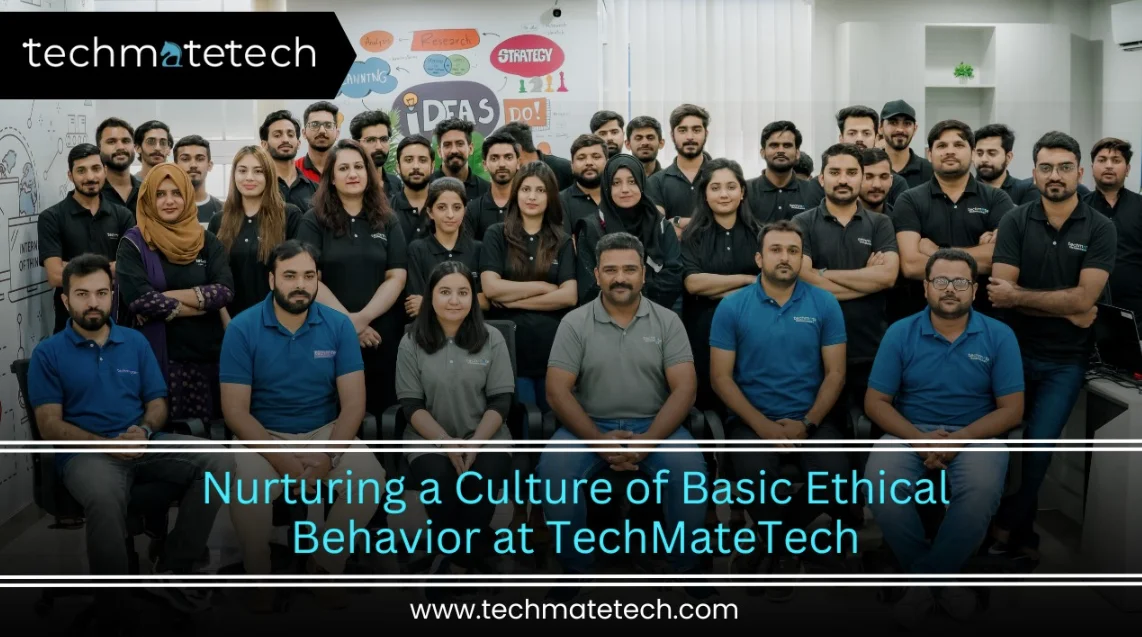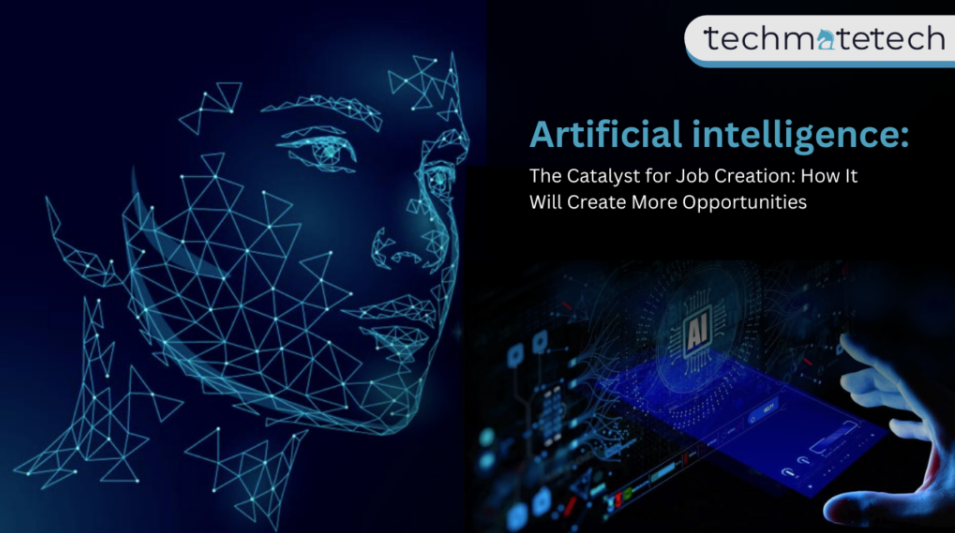Unlocking the Future: How Blockchain Technology is Set to Revolutionize the World
Introduction:
In the ever-evolving landscape of technology, one term that has gained significant traction is “blockchain.” This revolutionary technology has the potential to transform various industries, disrupting traditional processes and paving the way for a more secure, transparent, and decentralized future.
Understanding the Basics of Blockchain:
Blockchain is a decentralized ledger system that enables secure and transparent peer-to-peer transactions. Unlike traditional centralized systems, blockchain operates on a distributed network of computers, ensuring that each participant has access to the same information. This foundational aspect of blockchain introduces unparalleled security and transparency to digital transactions.
Transforming Finance: The Power of Cryptocurrencies
One of the most prominent applications of blockchain is in the realm of finance. Cryptocurrencies, such as Bitcoin and Ethereum, leverage blockchain to enable secure, borderless, and instant transactions. By eliminating the need for intermediaries like banks, blockchain is reshaping the financial landscape, making transactions more efficient and cost-effective.
Supply Chain Revolution:
Blockchain’s impact extends beyond finance. In the supply chain, it introduces a new era of transparency and traceability. Utilizing blockchain, every step of a product’s journey can be recorded, providing consumers with real-time information about the origin, manufacturing process, and distribution of goods. This not only enhances consumer trust but also helps combat issues like counterfeit products and supply chain fraud.
Smart Contracts: Automating Processes
Smart contracts, self-executing contracts with the terms of the agreement directly written into code, are a game-changer facilitated by blockchain. These contracts automate and enforce the execution of contractual agreements, reducing the need for intermediaries and minimizing the risk of fraud. This innovation has the potential to streamline various processes across industries, from legal procedures to real estate transactions.
Empowering Decentralized Applications (DApps):
Blockchain serves as the foundation for decentralized applications, or DApps. These applications operate on a peer-to-peer network, eliminating the need for a central authority. This decentralization not only enhances security but also provides users with greater control over their data and digital interactions. As blockchain technology continues to evolve, the potential applications of DApps are limitless, ranging from social media platforms to healthcare systems.
Overcoming Challenges: Scalability and Adoption
While blockchain holds immense promise, challenges such as scalability and mainstream adoption remain. As the technology continues to mature, developers are actively working on solutions to enhance scalability and make blockchain more accessible to the general public. As these challenges are addressed, the full potential of blockchain can be realized on a global scale.
Conclusion: The Future is Blockchain
In conclusion, blockchain technology is on the brink of revolutionizing the world as we know it. From reshaping financial systems to enhancing transparency in supply chains, the applications of blockchain are vast and transformative. As we overcome current challenges and witness further innovations, the future promises a more decentralized, secure, and interconnected world, all thanks to the power of blockchain. Embrace the change — the blockchain revolution is here to stay.

